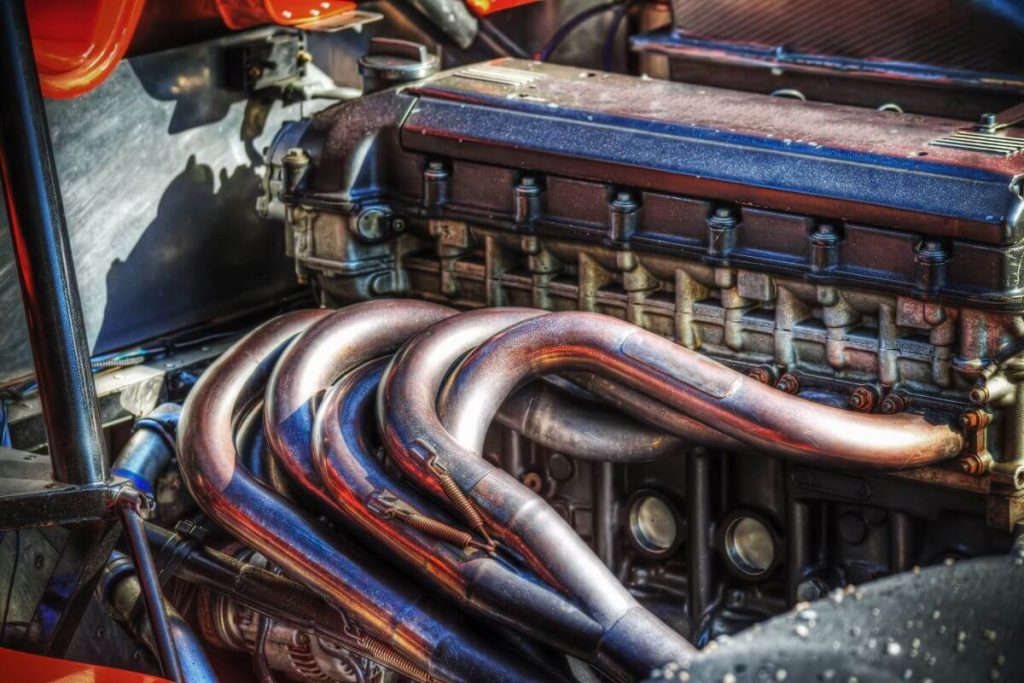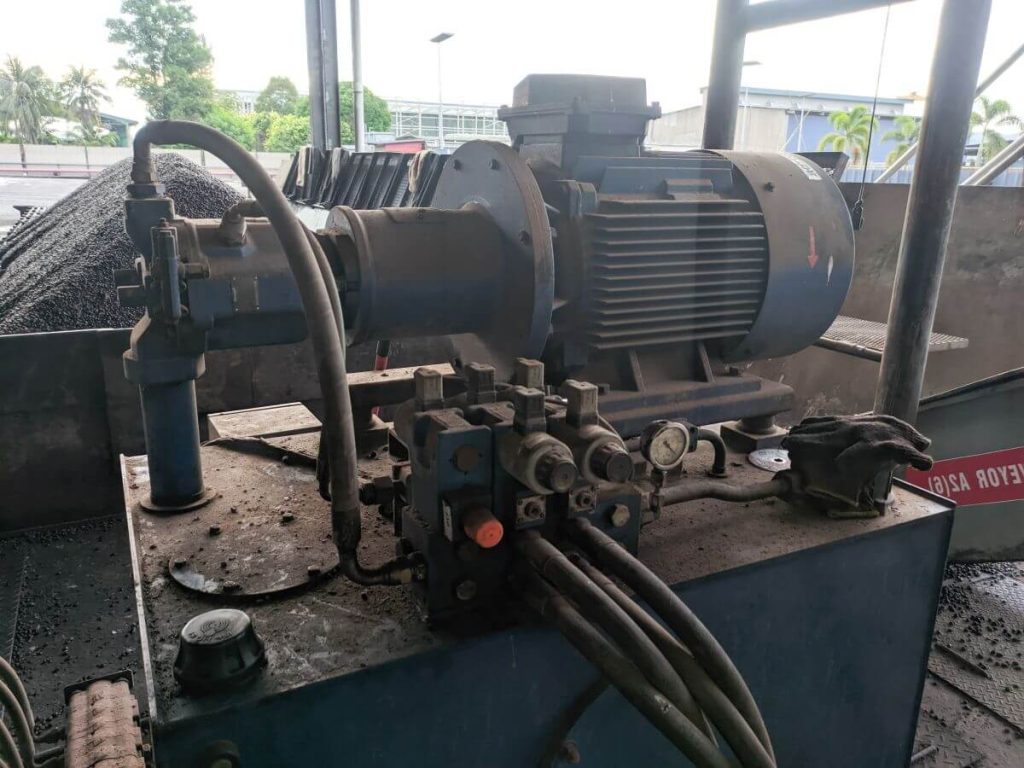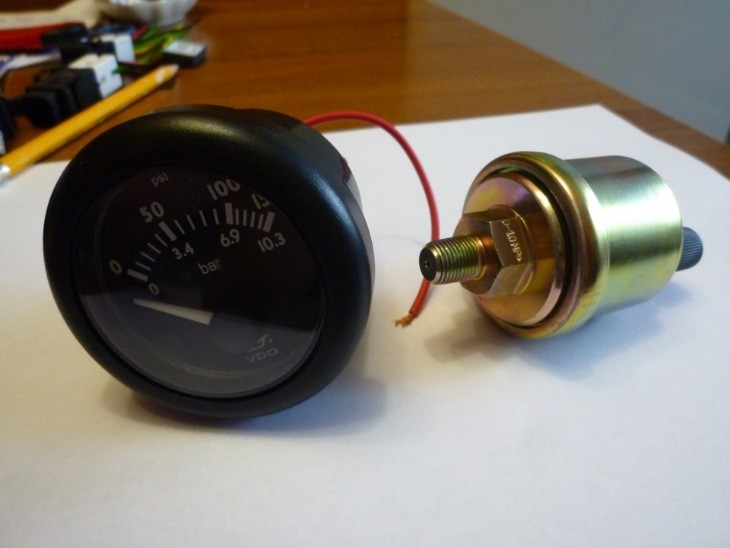
HPFP in diesel units. The principle of operation of in-line pumps in engines
Content
- TNVD - what is it?
- Types of high pressure fuel pumps in diesel engines
- In-line injection pump - design and operation of sectional pumps
- Distributor injection pump - principle of operation
- HPFP and unit injectors - comparison
- Injection pump leakage - signs of damage
- Faulty injection pump - symptoms and causes
Previously, diesel fuel was supplied to the combustion chamber by compressors along with air. The evolution of the way diesel engines are powered has intensified with technological developments, leading to the introduction of the injection pump. What is this element responsible for and what are its types? Learn about the most common pump failures and find out what needs to be done to keep them running as long as possible!
TNVD - what is it?
In other words, this is an injection device or simply a device that is designed to supply fuel to the injectors under high pressure. This part is located very close to the cylinders and is driven by the timing belt. Under the action of rotational motion, a force is created on the gear wheel, which creates pressure. Over the years, several varieties of pumps have been created that work in older diesel cars to this day. Here is their brief description.
Types of high pressure fuel pumps in diesel engines

So far, the following pumps have appeared in engines installed on cars:
- line;
- rotating.
The purpose of their work is approximately the same, but the designs are radically different from each other. Let's take a look at the specifics of their work.
In-line injection pump - design and operation of sectional pumps
The device dates from 1910. The in-line pump consists of separate pumping sections, each of which regulates the dose of fuel supplied to a particular cylinder. The reciprocating movement of the piston assembly provides the necessary pressure. The gear rack makes the piston rotate and regulates the dose of fuel. Over the years pumps with:
- fixed start and adjustable end of injection;
- variable start and fixed end of injection;
- adjustable start and adjustable end of injection.
The sectional injection machine was withdrawn due to a number of difficulties. There was a problem with precise regulation of the dose of fuel, high consumption of diesel fuel in the engine and high production costs.
Distributor injection pump - principle of operation

Injection pumps have been used in diesel engines for a long time after VAG TDI engines entered the market. They were used before, but it was in these units that they became famous. The operation of such a pump is based on a piston-distribution unit located inside it. Its design is based on a special ledge disc (colloquially known as a "wave") along which the distributor piston moves. As a result of the rotation and movement of the element, a dose of fuel is supplied to a specific fuel line. The distribution pump has one pump section.
HPFP and unit injectors - comparison
Pressure nozzles are a special group of injection devices because they eliminate traditional pumps. They consist of a nozzle and a pumping apparatus, which creates a very high fuel pressure. Both elements are welded together and the power needed to operate the pump section comes from the camshaft lobes. On the one hand, this solution gives the fuel a significant resistance and allows it to create a high pressure. On the other hand, elastomers used for sealing often harden due to high temperatures and cause unit injector malfunctions.
Injection pump leakage - signs of damage

The easiest way to notice that the pump is leaking is when fuel flows out of its housing. However, this type of damage is not always detectable. It is especially difficult to see if there is space between this device and the engine block. Therefore, the next symptom may be air in the injection system. This will be felt in the form of jerks of the power unit (especially during hard acceleration).
Faulty injection pump - symptoms and causes
In addition to the cases mentioned, high-pressure fuel pumps suffer from other ailments. Seizing of the pump section can become a big problem. The cause of the problem is refueling with very poor quality fuel. The feeder is lubricated only with diesel fuel, and the presence of solid impurities in the valve causes scratching of the surface of the piston distributor. Often there is damage to the head, which is designed to supply fuel to specific injectors. Then repair and regeneration of the injection pump is required.

How to recognize the malfunction of the injection pump and fix it?
What then happens to the drive? As a result of wear or damage to the pump, the motor:
- ignition problems;
- produces more smoke;
- burns much more fuel;
- stalls at idle when warmed up.
Then it is necessary to regenerate the entire device and replace individual elements. The rotary injection pump is not the latest technological solution, so it can sometimes be difficult to find the right parts.
Do not forget to take care of the injection pump, because this way you will avoid the described problems. The methods of trouble-free operation are very simple and are limited to pouring quality fuel. Also, do not neglect the regular replacement of the fuel filter. Dirt from the tank can damage the friction surfaces and lead to failure of the pump itself or nozzles. If you keep these rules in mind, your pump will last longer.
